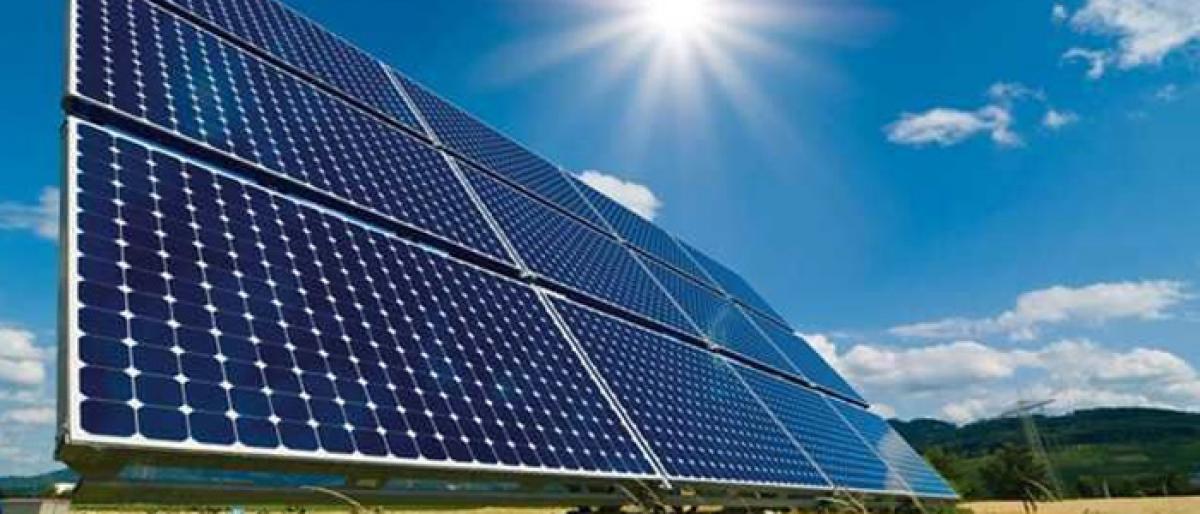Live
- IPO-bound Senores Pharma, Dr. Reddy's Labs launch ivermectin tablets in US
- PAN 2.0: What is PAN 2.0, Benefits, Impact on Business and How to Apply
- Air India optimises key domestic metro routes post Vistara merger
- Mid-Day Meal Scare in Telangana: 30 Students Hospitalized
- UN chief welcomes Israel-Lebanon ceasefire agreement
- Fishermen stranded in sea rescued by officials at Krishnapatnam Port
- iOS 18.2 brings ChatGPT and Image Playground: Apple's next AI-powered leap
- India, UK need to collaborate in AI, tele-medicine, agri tech: Piyush Goyal
- Unidentified Vehicle Rams VH’s Car in Hyderabad
- After Udaipur, dispute surfaces in erstwhile royal family of Bikaner









